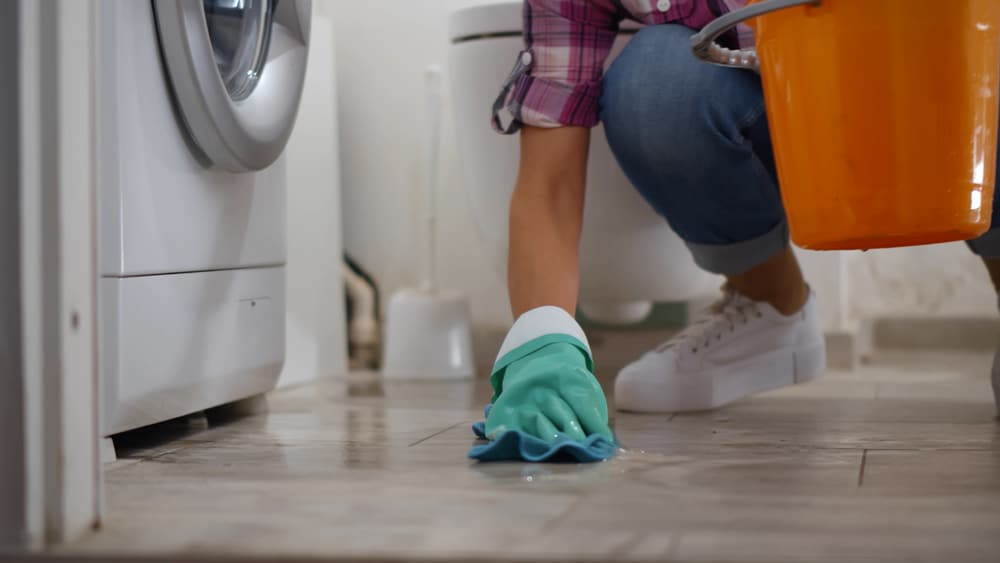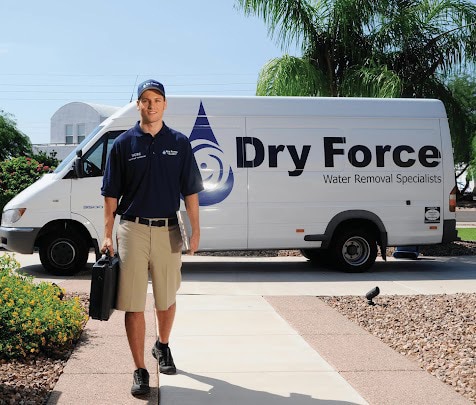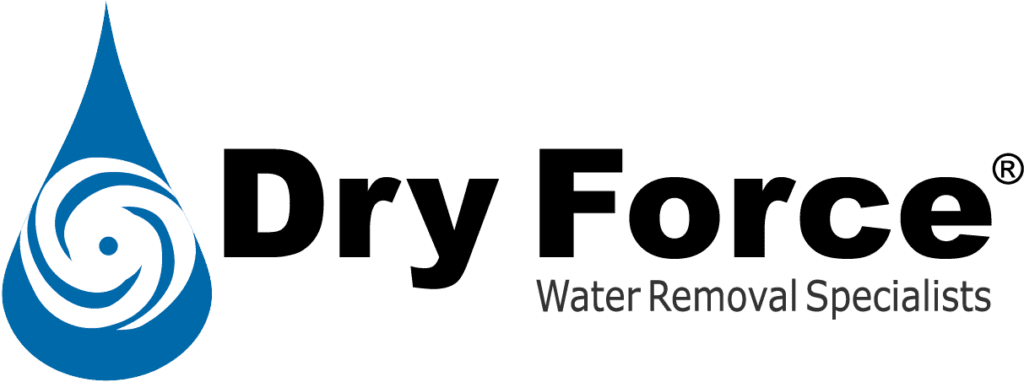
Have you ever walked into your laundry room to start a load of laundry and instead, stepped into a puddle of water? While an unexpected appliance leak may not seem like a big deal, it can throw a serious wrench into your plans. If your washing machine is leaking from the bottom, you will need to address the problem immediately to prevent damage to your possessions and the structure of your home. We have created an outline of the main causes of malfunctioning washing machines and have compiled a list of helpful prevention methods.
Table of Contents
What Are the Causes of Water Leaks in Washing Machines?
If you’re not sure why your washing machine is malfunctioning and leaking water, review the list below. We’ve compiled a collection of components known to break, bust, or crack—resulting in an unwanted, indoor lazy river.
1. Faulty Gaskets
When functioning properly, gaskets provide sufficient protection against water infiltrating into the middle of the appliance’s cover and the external part of the washer. However, when this component wears out, a water leak will start to form. Fortunately, there’s an easy fix to this issue. Take off the front cover and tighten the bolts of the gasket. If there is substantial damage, you may need to replace the broken equipment.
2. Malfunctioning Hoses
When internal hoses are the wrong size or damaged, the water source in your washing machine will spew water everywhere during the wash cycle. To fix the issue, remove the upper part of the appliance cabinet and evaluate your internal hoses for abrasions or holes. You also want to double-check all connections are secure, and that there is no corrosion. Perforations and corrosion are red flags and require professional attention.
3. Pully Seal Water Leaks
Does your appliance leak from the bottom? The pump could be to blame. Most washing machines have one of three pump types:
- Direct-drive
- Belted
- Electric system pump
In most cases, leaking hoses or loosened clamps around the hose will cause washing machine leaks from the bottom. Remove the back of your appliance’s cover. Then disconnect the hoses, remove the belt, and unclip the pump from its place. Then evaluate the part for signs of malfunction. If unable to see any issues, you may need to contact a professional.
4. Defective Door Seal
Malfunctioning door seals are an extremely common reason washing machines leak from the bottom during the spin cycle. When dirt, excessive clothes, or defective components prevent front-loading washing machine doors from sealing properly, water starts leaking from the bottom. As long as you follow manufacturer guidelines, replacing defective door seals is usually relatively cheap and easy.
Tips & Insights: What Are the Advantages Of Using Air Movers for Water Damage?
5. Broken Pressure Switch
When a pressure switch—which monitors the water level inside the washing machine—operates ineffectively, you may soon have a massive water leak on your hands. When your pressure switch is broken, water doesn’t know it has filled the washer and continues to fill. This eventually causes an inevitable overflow.
To inspect the pressure switch, detach the control panel from the washing machine. Assess it for wear or cracks, and make sure the connection between the wire and the water source is secure. If a switch shows a pressure decrease, the component is likely faulty and will require immediate replacement.

How To Find Water Damage in a House
If you’re not sure where you have water damage in your home or business, look for the following indicators:
Water Stains
Discoloration on your floors and stains on your ceiling or walls are typically an indicator of water damage.
Humidity & Dampness
Inexplicable indoor humidity will most likely indicate an accumulation of water somewhere on your property. Be sure to check your appliances and surrounding areas for leaks.
Tips & Insights: Do I Have a Water Leak In My Attic? Signs & Ways to Fix
Mold
In most cases, mold indicates one or two things: humidity and water damage. Both of these factors can be a serious problem.
Strange Noises & Dripping
Ever hear scratching or rushing noises? This could be a sign of a water leak somewhere in your home or business.

Appliance Water Leak Restoration Services
If your washer is leaking from the bottom, mild to severe water damage can start to form in your home. We go the extra mile to offer reliable appliance water leak restoration solutions for homes in your area. Responding to a malfunctioning appliance quickly will help reduce the possibility of microbial growth and other harmful pollutants. Our team is committed to providing exceptional water damage restoration services in Houston, TX and other areas. In addition, our contractors provide other types of maintenance solutions including burst pipe cleanup, flood damage restoration, storm damage repair, and roof leak maintenance.
Our values of health and safety, as well as superior customer service, have ranked us as a top-rated emergency water removal company in Texas. If you need assistance with water damage, give our team a call by phone at (877) 589-7504. Our water damage specialists are available 24-hours a day, seven days a week. We Turn Chaos Into Calm™.
